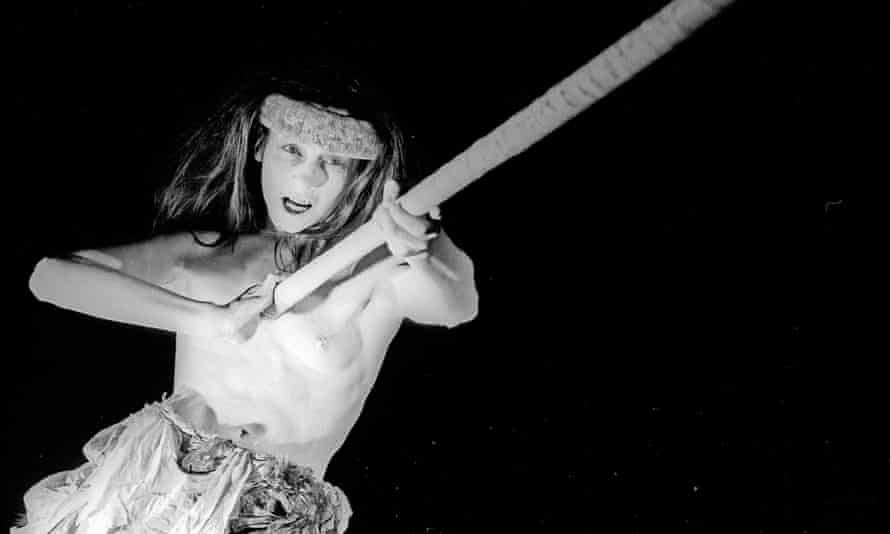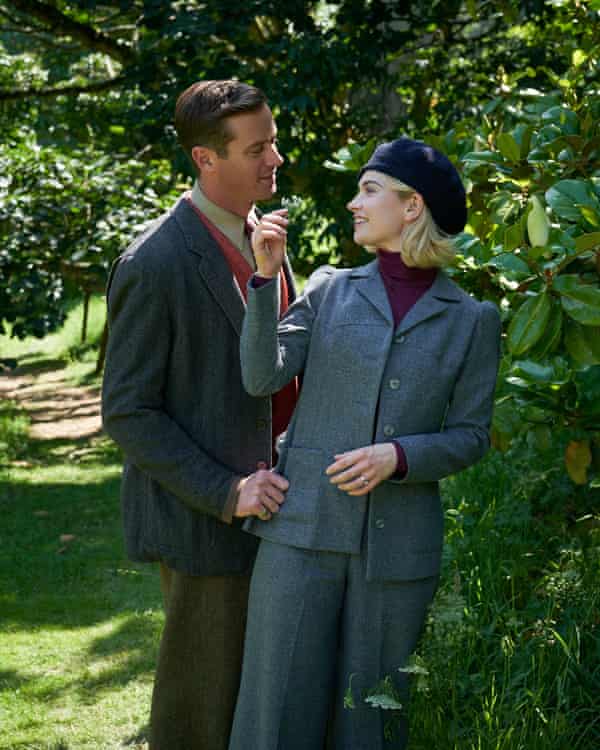Long before Dante found himself lost in a dark wood, forests have been put to metaphorical use by storytellers. They are perhaps the “symbol of symbolism”, as Robert Pogue Harrison has it in his aptly titled book Forests: The Shadow of Civilisation. “Why,” he asks, “should forests haunt the mind like some mystical dream or nightmare that every now and then spreads its long, prehistorical shadows over the ordinary clarity of things modern?”
The forest always lies beyond the familiar, ordered world, and we cross a psychological boundary as we step beneath the trees. There we might, like Dante, lose the path. Enchantment awaits, but so does danger. I’ve chosen 10 fictional forests that might not loom as large on our shelves as, say, Tolkien’s Mirkwood or Shakespeare’s Arden, but which excel in their roles as metaphors. The characters who enter them cannot avoid fateful encounters: with the subconscious, the self, the dark depths of human desire. All emerge changed, for better or worse.
My own novel, Mischief Acts, is set in a real forest, the Great North Wood, which used to cover a swathe of south London. It still exists, in fragments, and is a living metaphor for our fraught relationship with nature. I gave the wood a genius loci in the form of Herne the Hunter, a manifestation of our capricious, paradoxical attitudes to our forests. We romanticise them yet destroy them; we fail to face up to the harm that human mischief can do. Which all sounds rather heavy, but the woods are still a place where we can escape the constraints of our built world, both real and metaphorical, there to be wild in our own ways. To walk into the woods is to enter our imaginations: a fateful encounter awaits.
1. Mythago Wood by Robert Holdstock
Perhaps the defining fictional forest as metaphor for the human subconscious, Ryhope Wood is stalked by emanations of the myths created by our culture. Herne the Hunter lurks among the many archetypes, in a woodland much bigger on the inside than it appears from afar. Holdstock sets up that psychological boundary beautifully, between the home space of Oak Lodge and the teeming wood, and as soon as it is breached we are under his spell.
2. Lolly Willowes by Sylvia Townsend Warner
‘“No!” the woods seemed to say, “No! We will not let you go.”’ Thus does Laura Willowes enter into a pact with the devil. When she first abandons her stultifying life as a live-in aunt in London and moves to Great Mop, it is the woods that soothe her: she falls asleep curled in the beech leaves. But “couched within the wood, sleeping through the long sultry afternoon, had lain the Prince of Darkness”, and Laura has finally found her secret. Only a forest could have held it.
3. Train Dreams by Denis Johnson
Robert Grainier lives in a clearing in the woods, and likes to howl with the wolves. Johnson blurs that psychological boundary between human society and the wild life of the forest: domesticated dogs give birth to wolf-like cubs; wolf-boys perform at the local theatre. Grainier’s fateful encounter is a climactic one I won’t spoil, but it perfectly combines his greatest fears and longings in one symbolic entity, and is alive with the strange enchantment of hybrid things.
4. Rebecca by Daphne du Maurier
Instantly we think of Manderley and all the house stands for, but it is no accident that to reach the cove of Rebecca’s demise, we must pass through a wood. Here the narrator believes she has at last found “the core of Manderley” and Maxim de Winter, with great satisfaction, calls it the Happy Valley. Yet it is “disturbing, like an enchanted place”, filled with a scent of azaleas that will come to haunt our heroine. As she stands beneath the trees, she notes that while she is an interloper in the vast house, “the Happy Valley knew no trespassers”. How wrong she is.
5. The Alarming Palsy of James Orr by Tom Lee
A tale of an unwilling transformation – or is it? – in which a fictional facsimile of Sydenham and Dulwich Woods in south London plays an essential role. Lee evokes the same paths, ruins and local intrigues that inspired me to write Mischief Acts, but for his increasingly tortured protagonist, the wood becomes not just a habit but in many ways his identity. The domestic and the urban wild clash cleverly, wittily, as James Orr grows less civilised and more beastly, becoming a wild man for our times.
6. Reflections by Angela Carter from Fireworks: Nine Profane Pieces
Take your pick of sensuous forests sprouting amid her story collections, but this one for me represents the apotheosis of Carterian escalation in its terrifying depiction of a forest through a mirror. Like a colossal, disturbing pun on backwards/backwoods, this story forces us to contemplate the reversed forest as a nightmare in which symbols themselves are also transposed, to dizzying effect. In the end, the self the narrator greets in the mirror is also “my antiself, my self not-self, my assassin, my death, the world’s death”.

7. Gormenghast by Mervyn Peake
Gormenghast castle, with its endless stone and infinite rules, might be the opposite of a forest. It certainly is for Titus Groan, for it is only when he escapes its confines and enters the forest that he encounters The Thing. “Something for which he had unconsciously pined had shown either itself or its emblem in the gold oak woods,” and Titus is transfixed. This feral child has all the wild liberty he longs for, and is his symbolic counterpart: the daughter of his exiled wet nurse. It’s in the forest that Titus’s pursuit of true freedom takes flight.
8. Pollard by Laura Beatty
Any den-builder who has fantasised about running off to live in the wood ought to read this beautiful, sad novel. Anne sets out from home in desperation and with not a clue what to do. Her slow, painful accumulation of skills as she lives in the forest makes her sheer survival a triumph, but Beatty is no romantic: through her sylvan transformation, Anne becomes even less acceptable to “civilised”humans, and the indifferent wood cannot save her.
9. The Gingerbread House by Robert Coover, from Pricksongs and Descants
It’s fascinating, if intense, to read Coover’s tortured tales alongside Angela Carter’s. His subversion of the enchanted forest in this story is grotesque, sexualised, and gorgeous. The forests in traditional tales are rarely described, but Coover’s is kaleidoscopic: “Spots of red, violet, pale blue, gold, burnt orange” glow amid the pines. If Bruno Bettelheim showed us fairytales through a Freudian lens, Coover applies that lens to shocking effect, rendering human taboos in sticky technicolour.
10. The Bottle Factory Outing by Beryl Bainbridge
I looked first to Bainbridge’s Another Part of the Wood, but there the forest is barely heeded by the bickering campers. No, it is in The Bottle Factory Outing that her doomed picnickers dance constantly across the boundary between park and wood, from football games and flirtation to the sinister shade of the trees. Here, stones are thrown by invisible hands, and far worse is to come. Bainbridge directs her symbolic forest with wicked precision, squeezing the blackest humour from its shadows.

